The great ruler Chandragupta Maurya, who founded Maurya Dynasty was indisputably the first king of India, as he not only won virtually all the fragmented kingdoms in antediluvian India but additionally amalgamated them into a sizably voluminous imperium, boundaries of which were even elongated to Afghanistan and towards the edge of Persia.
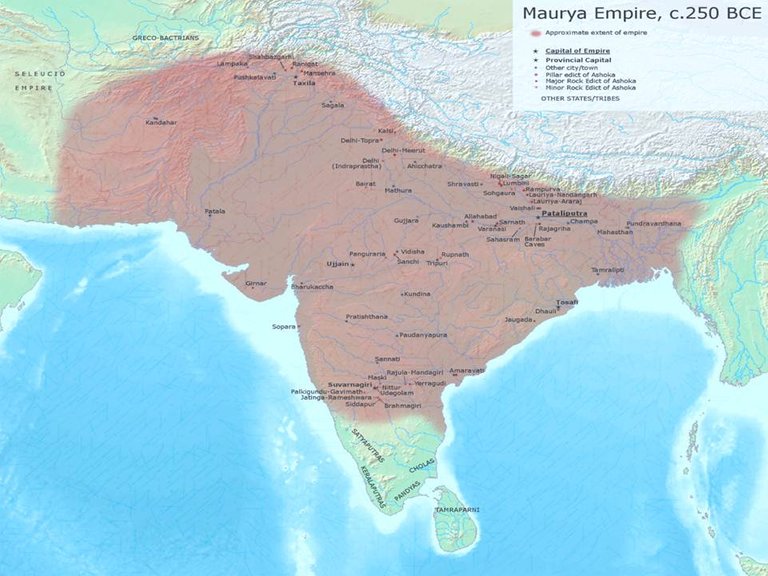
Chandragupta Maurya was born around 340BC in Patliputra in Magadh, the region which is currently kenned as Bihar. He was only 20 years old when he founded Maurya Dynasty in Magadh with the avail of great economist, philomath, philosopher and a learned Brahmin Chanakya. In fact, it was Chanakya who discovered Chandragupta Maurya in Vinjha Forest. Chanakya wanted to take revenge from Dhana Nand, the King of the then ruling Nanda Dynasty of Magadh. Chanakya was in the search of a puerile warrior who could avail him eliminate Nanda Imperium as the King Dhana Nand had once vilified him deplorably due to his homely looks. On his orders, the soldiers of Dhana Nand had even forcefully thrown Chanakya out of his assembly.
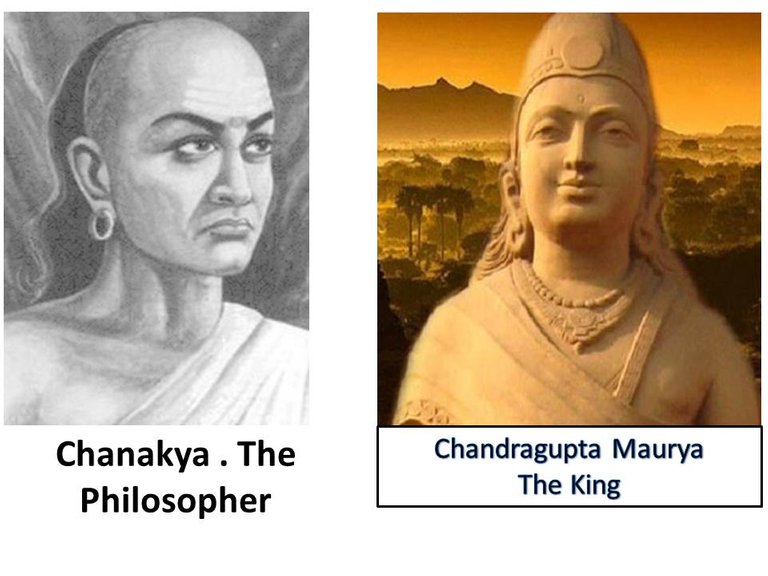
To consummate his aim, Chanakya mentored and trained Chandragupta Maurya in different war skills. Simultaneously he additionally edified him humanities, crafts and all the political edifications required for becoming a puissant ruler. Later in the year 322 BC, Chandragupta Maurya prosperously raised a vigorous army with the avail of Chanakya and eliminated the imperium of Dhana Nand and established Maurya Dynasty in Magadh.
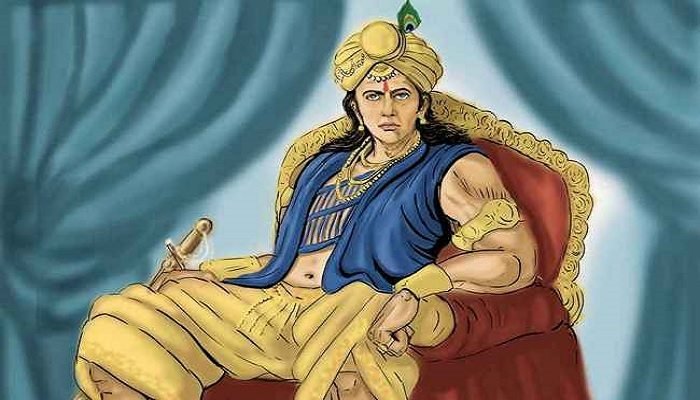
Chandragupta Maurya ruled till 298 BC and during his regime, he transformed Maurya Dynasty into an astronomically immense imperium by winning virtually all the kingdoms ruling across the country and assembling them under its wide umbrella. Further, he commenced his annexation drive and expanded the boundaries of Maurya Imperium to encompass Bengal, Assam, Kashmir, Deccan Plateau in South India to far away Afghanistan, Baluchistan till the edge of eastern Persia. We can relegate the life and major achievements of the great emperor Chandragupta Maurya as following:
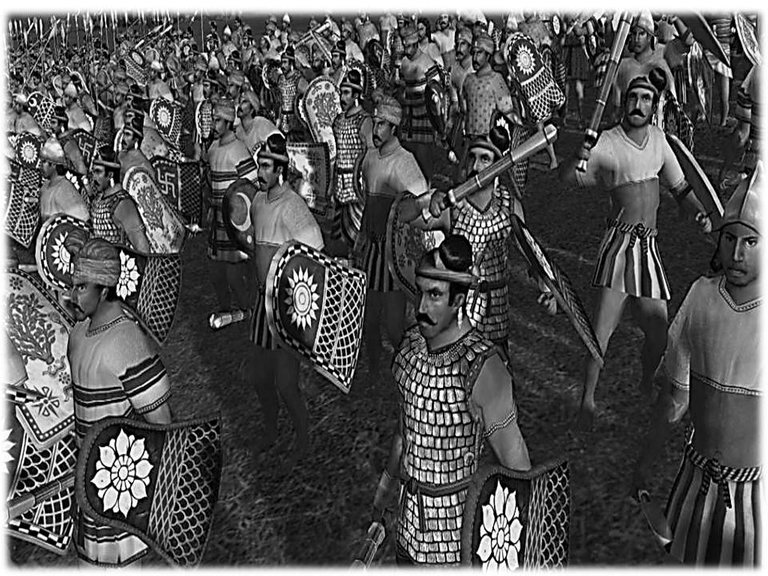
Conquest of Nanda Dynasty
Born with natural leadership aptitude, the stouthearted Chandragupta Maurya had a unique alluring personality which caught the attention of Chanakya, the kingmaker. Together they raised an immensely colossal army and assailed Nanda Imperium and eliminated it prosperously. It is verbally expressed that in his first endeavor Chandragupta Maurya remained unsuccessful; however, in the second endeavor he prosperously captured Patliputra, the capital of Nanda Imperium in Magadh and established Maurya Dynasty.
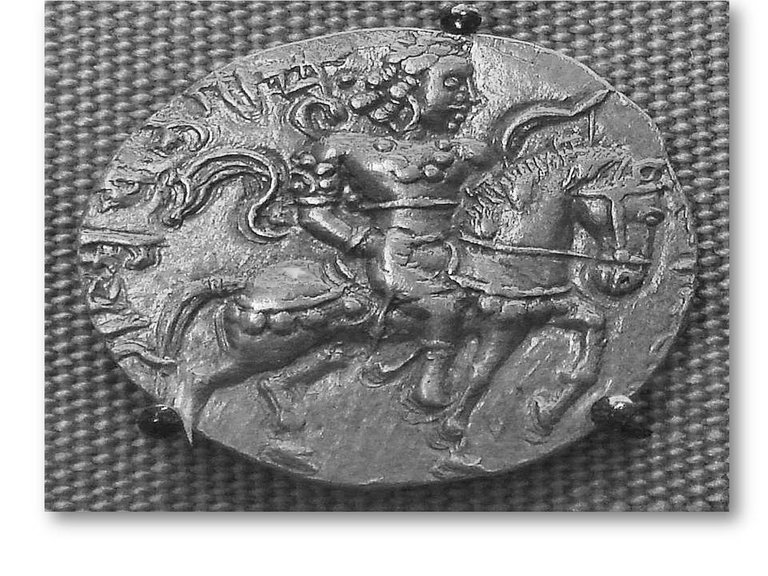
Liberation from Greek rule
Anon after surmounting Magadh, he sensed an obnubilated protest of the people against the Greek rule in the north-west, where currently the Punjab and Sindh are located. Chandragupta capitalized on the emerging discontents and waged war against the Greek Satraps, ruling in those areas postmortem of Alexander. The growing conflicts among the Greek generals withal availed him in assuring victory and he became prosperous in capturing the entire north-west region and established his rule over there.
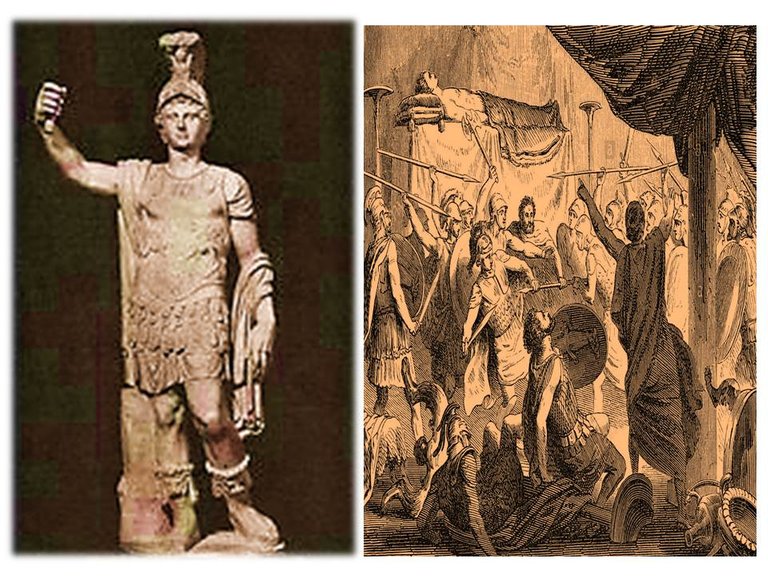
Annexation of Afghanistan and Indus Valley State
After winning the north-west frontiers with the avail of a sizably voluminous army he moved towards the Indus Valley states kenned currently as Afghanistan, Eastern Persia, etc. The entire Indus Valley region along with eastern Persia was under the control of Greek Satrap Seleucus Nicator. Seleucus initially fought a fierce battle with Mauryan army; however, he was subjugated anon. To establish tranquility in the region, Seleucus signed a treaty with Maurya Imperium and additionally espoused his daughter with Chandragupta Maurya. In this way conclusively, the entire Indus Valley states came under the rule of Maurya Dynasty.
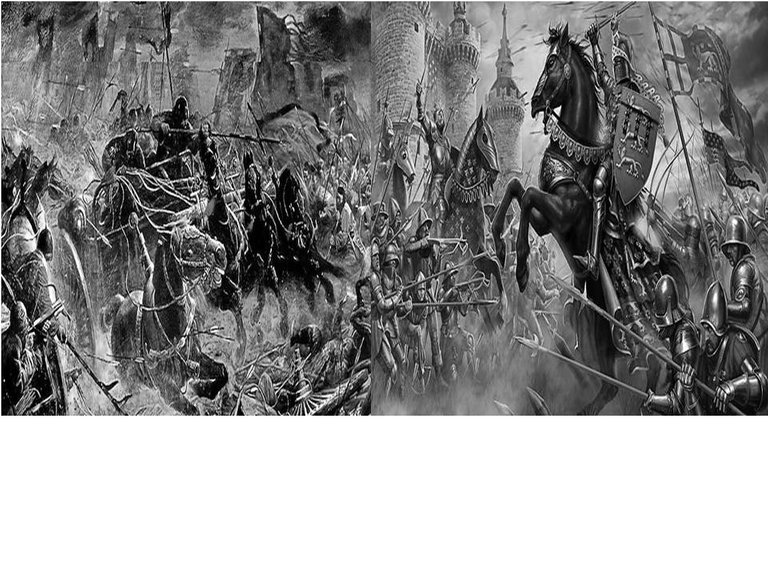
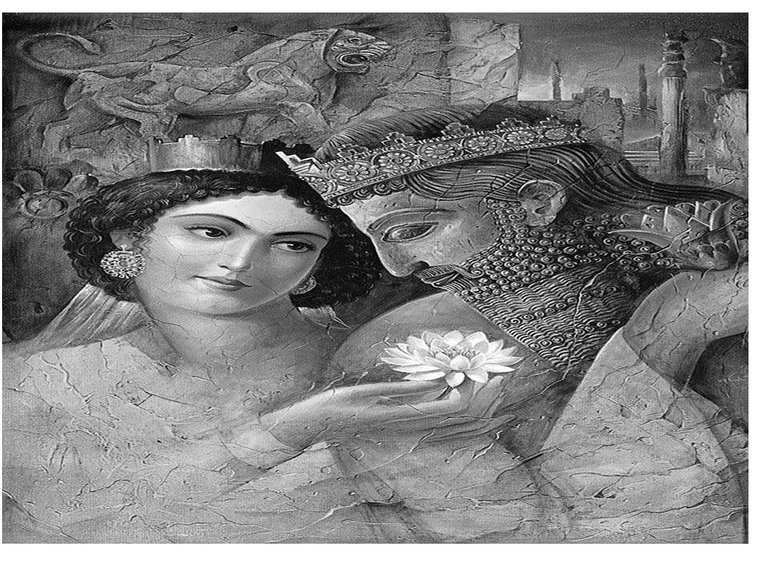
Apperception as King of India
Concurrently with Afghanistan annexation, he captured Hindu Kush region, Iran as well as components of Tajikistan and Kyrgyzstan. Back home, he elongated his imperium further by concurring Saurashtra, Kathiawar in western India. Simultaneously he established his rule in Deccan Plateau as well in South India. Chandragupta even captured Avanti and its capital Ujjain as well as Konkan region in Maharashtra of west India, thus he established an astronomical imperium. To efficaciously control his dynasty he provided central administration from his capital Patliputra and eventually earned apperception as King of India.
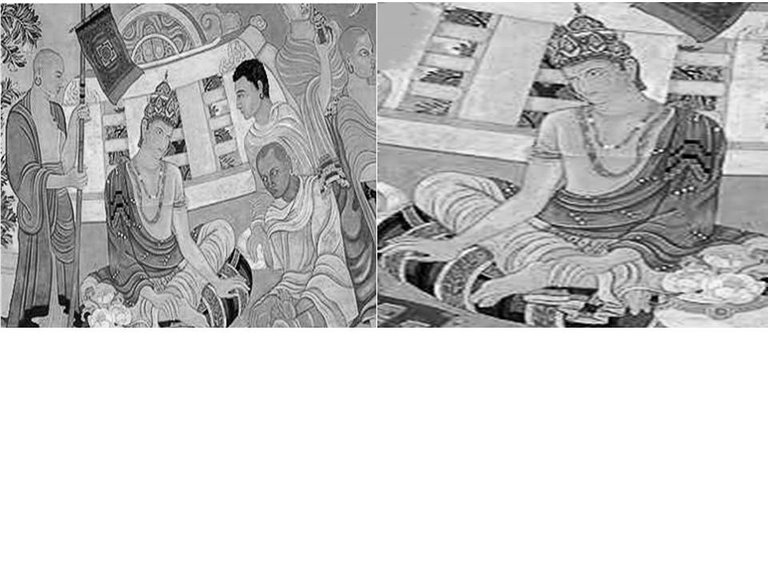
Vigorous Administration
With his control over a prodigious imperium of different states, Chandragupta Maurya in a way gave political unity to the entire Indian subcontinent which resulted in a long era of placidity and prosperity. He established a vigorous administration that was governed according to the guidance provided by the council of ministers lead by Chanakya. The extensive imperium under Mauryan rule was divided into several provinces, the administration of which was the responsibility of the local governors, or the royal princes, just like Viceroys.
Chandragupta Maurya administration had withal designated sundry departments to look after paramount matters concerning his regime. Every department had elaborate functions and obligations to perform. In his dynasty, there was a separate department for construction that contributed extensively to infrastructure development and building trade routes. There are several pieces of evidence which additionally suggest construction of irrigation reservoirs and engenderment of aliment supply network Chandragupta Maurya administration for civilian population as well as Mauryan Army. In all, his administration had adequate arrangements that availed him develop a sizably voluminous number of centers for engendering different goods and moreover, the Mauryans had even commenced mining in this era.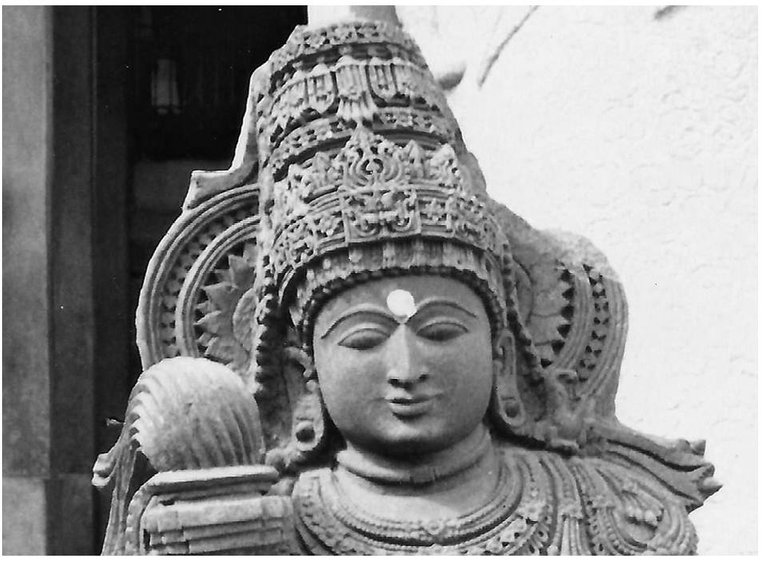 Functional Judicial System
Functional Judicial System
The establishment of a functional judicial administration was another landmark achievement of Chandragupta Maurya. As a great ruler, he made the administration of equity in his imperium through a judicial system in which the King was the highest ascendancy to appeal. The judicial system additionally had provisions for astringent penalizations and so a placid rule of law got prosperously established in Maurya Dynasty during his rule. In every village, he engendered more minute courts with a vigorous dispute redressal mechanism. Just like the elected head of a village in India today called Sarpanch, there were designated headmen who had to look after the disputes and provide immediate solutions in villages. If we refer the famous book ‘Arthsastra’ indited by Chanakya, there were total twenty-six departments under the administration of different ministers of Chandragupta Maurya. These included Kosta, Mudra, Ganika, Hasti, and Suvarna to denominate a few among others. In a nutshell, the Indian subcontinent witnessed all-round development, vigorous administration and the rule of law during the reign of Chandragupta Maurya.
Thankyou
@kunalminotra
I followed u frnd u may also follow me friend
Thanks....